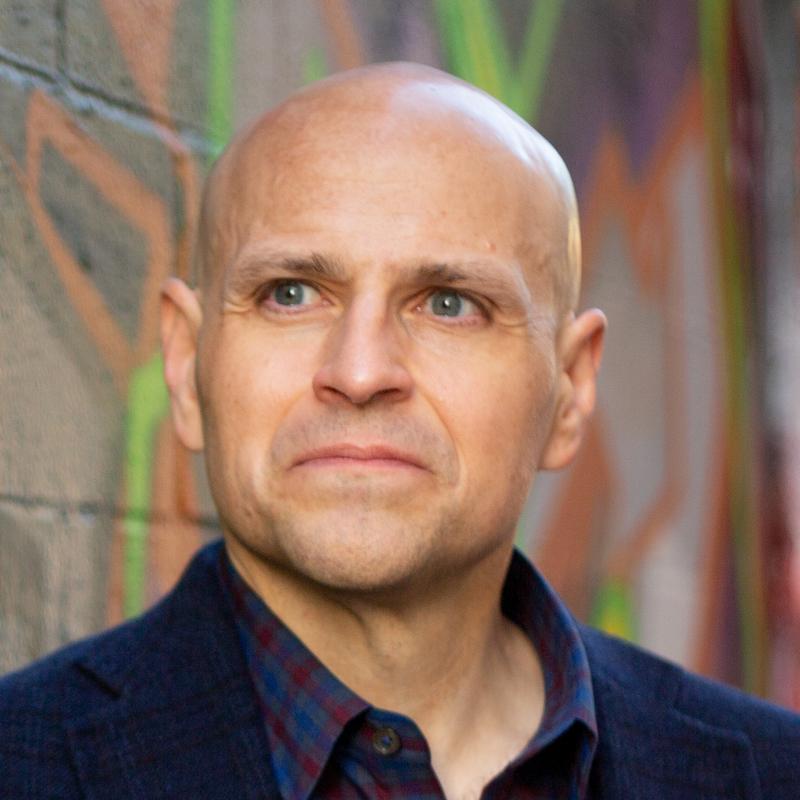
Image credit: Martin Kopta under a Creative Commons Attribution 3.0 Unported license
Last week I joined an offsite with hundreds of product managers where Dave Orr, a Google PM, spoke about decision-making. Dave is a former professional poker player (yeah, Google PMs are eclectic). In poker, as in life, you can make an excellent decision, yet still lose the hand. Or you can make a dumb move and get lucky. That’s the nature of the game. Players can easily fall victim to cognitive biases if they start second-guessing their decisions based on whether or not they won the hand. The best poker players evaluate and improve their judgment, independent of the outcome.
Dave’s talk came to mind this weekend while watching my son Carter’s basketball practice. During scrimmages, the coach often said “good shot!” even when the ball didn’t go through. I also noticed that he occasionally stayed silent when shots hit. So why was an airball from the block celebrated but a beautiful jumper from the arc wasn’t? Because the coach cares more about judgment than outcomes. At this young age, he’s reinforcing smart shot selections. If you picked a satisfactory moment to shoot, that deserved praise, whether or not the ball went through the rim. Showing shrewd awareness about when to take the shot is more important to middle school kids than the number of points on the board. The shooting ability will come once the right habits are formed. That’s essential in a sport where the greatest players in the world miss half their shots!
So take a lesson from Carter’s coach and from Dave—so you had a dreadful result, but did you make the right decision? Or you did well, but was it only because you got lucky? What did you learn that will upgrade your intuition for next time?
The Story of Innovation and Customer Choice
By Clayton M. Christensen, et al.
288 pp. Harper Business
Amazon.com
I’ve made no secret of my admiration for Clayton Christensen. The Innovator’s Dilemma is the most important business book of the last half-century. In that book, Christensen introduced the theory of disruption, explaining why entrenched incumbents can be blind to immature upstarts with “worse” products. We’ve seen it play out again and again, from Salesforce.com to Airbnb.
Christensen is back with a new book, Competing Against Luck, which explores one of his approaches to combating the Innovator’s Dilemma: Jobs-To-Be-Done (JTBD). Christensen first introduced the concept using the example of a fast-food milkshake way back in 2009. Since then, the idea has taken on a life of its own, and like his earlier theory, increasingly misunderstood.
What is a JTBD? From the book:
We define a “job” as the progress that a person is trying to make in a particular circumstance. This definition of a job is not simply a new way of categorizing customers or their problems. It’s key to understanding why they make the choices they make. The choice of the word “progress” is deliberate. It represents movement toward a goal or aspiration. A job is always a process to make progress, it’s rarely a discrete event. A job is not necessarily just a “problem” that arises, though one form the progress can take is the resolution of a specific problem and the struggle it entails.
In Christensen’s original story, the “job” that customers were “hiring” a milkshake to do was make their morning commutes less boring. Understanding that shaped how the restaurant approached packaging and marketing during the commute hours.
I heartily recommend Competing Against Luck. That said, I wish he’d written this book five years ago, before JTBD took on a life of its own. Christensen is careful to explain that there might be many jobs for a particular product, that they are circumstance-specific, and cannot be generalized as a way of categorizing swaths of customers or simplifying away nuances. (He even used the example of a second job for the milkshake: hiring it as a special treat for his children that made him feel good as a parent.) However, that’s exactly how I’ve seen JTBD explained and used. Hopefully Christensen’s book will set some people straight.
For a good introduction to the book and a Q&A with its author, check out “Innovation guru Clayton Christensen’s new theory is meant to protect you from disruption” on Quartz.
Good Reads
”The product people get driven out of decision-making forums. And the companies forget what it means to make great products. The product genius that brought them to that monopolistic position gets rotted out.” In this video that appears to be from the mid- to late-1990s, Steve Jobs explains why successful companies promote sales and marketing people instead of product people.
”Shift your product roadmap’s focus from the technology to the user.” So says Ellen Chisa in this interview with Mixpanel.
I first met Marc Hedlund more than twenty years ago and I’ve long respected his leadership advice. This past week he put out a terrific tweetstorm that’s worth reading in full.

